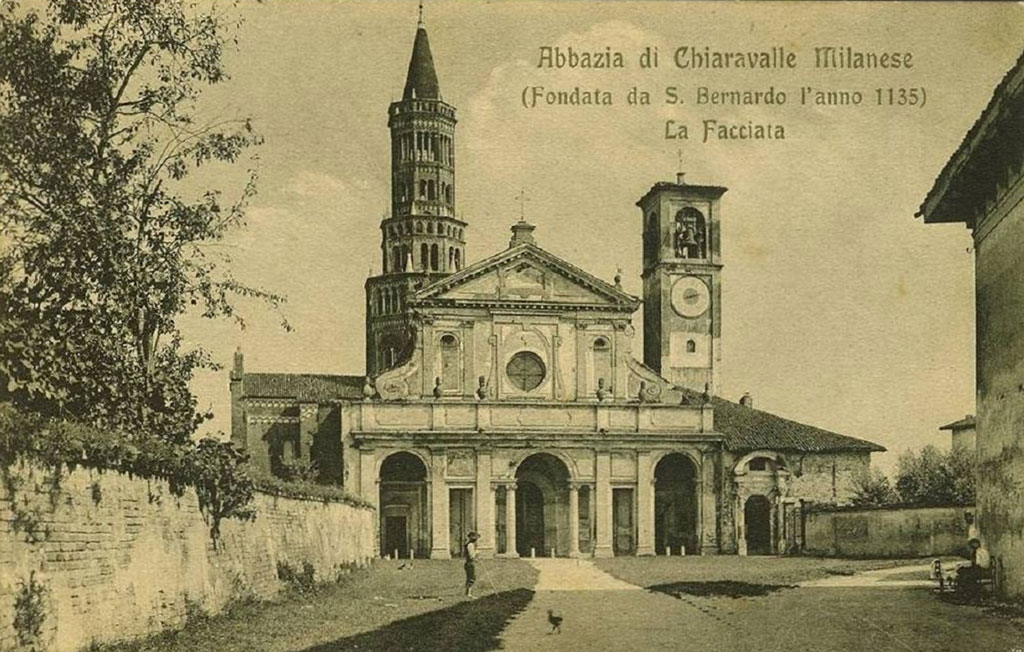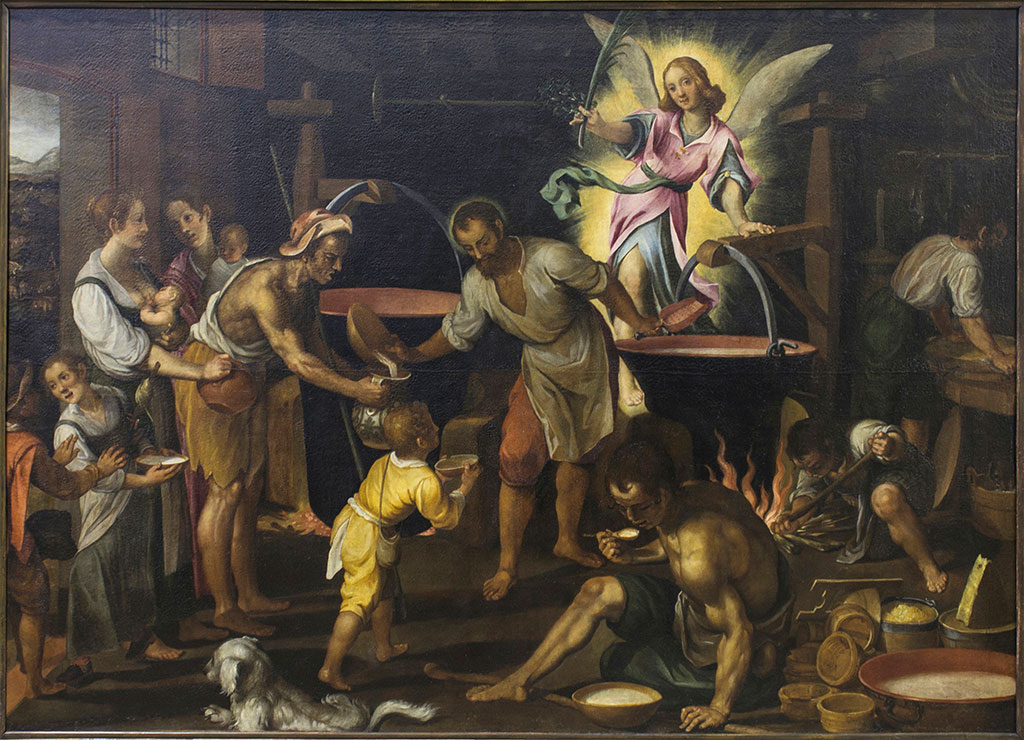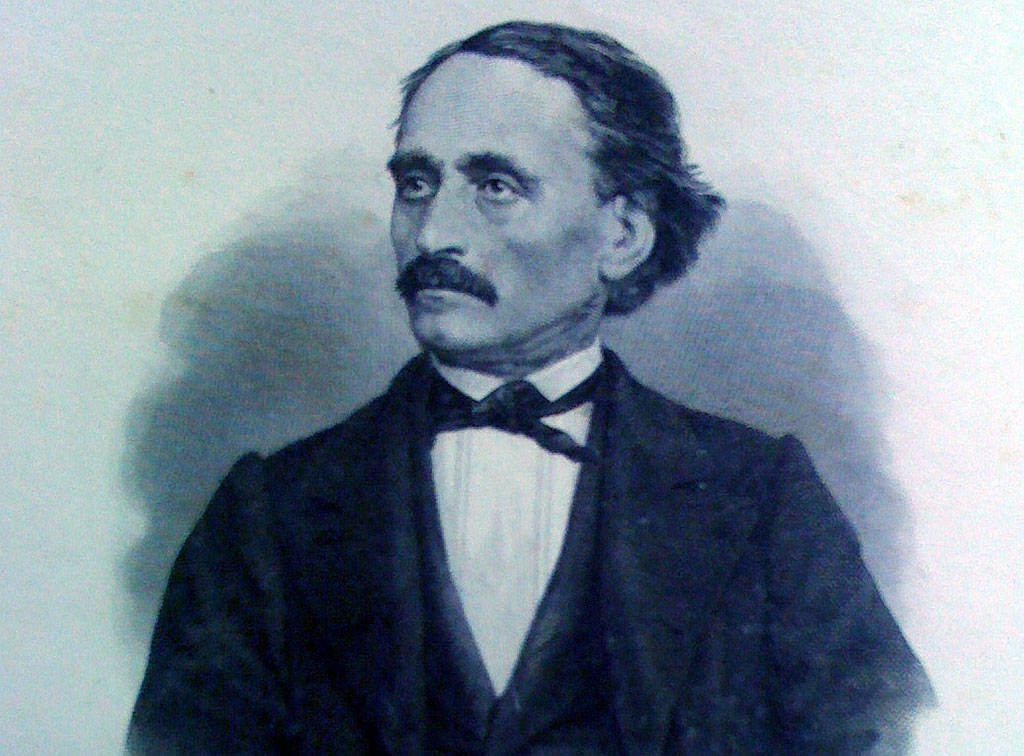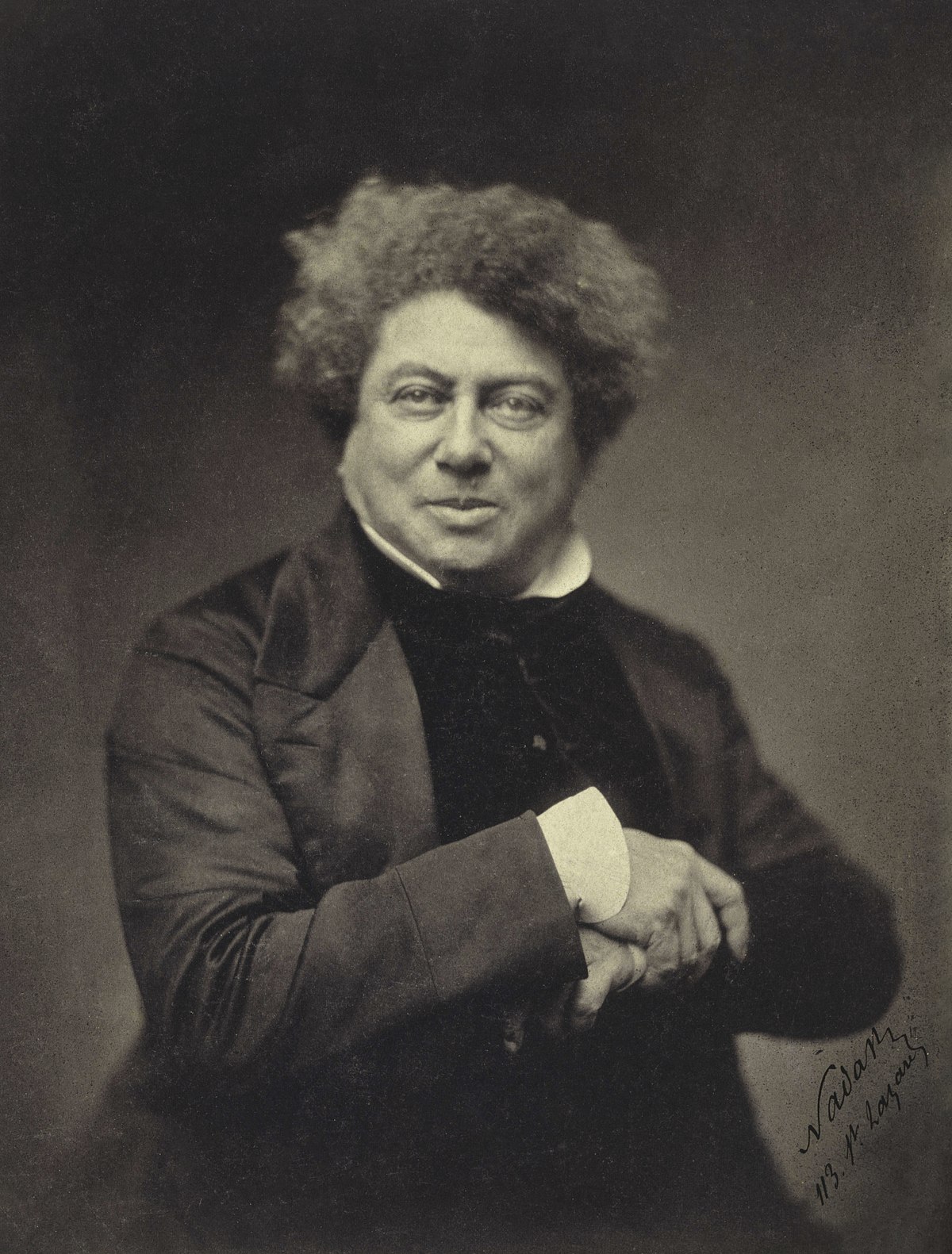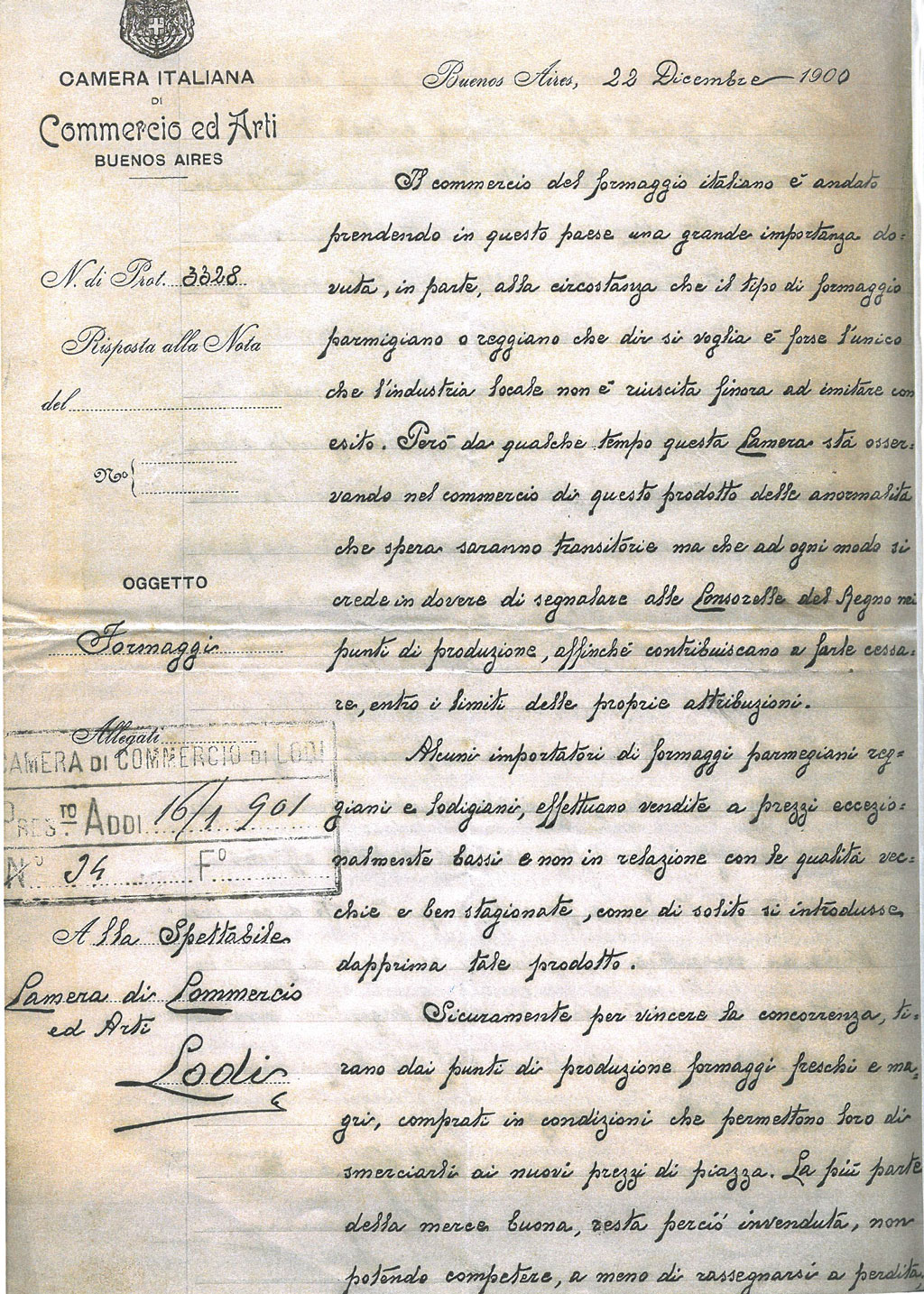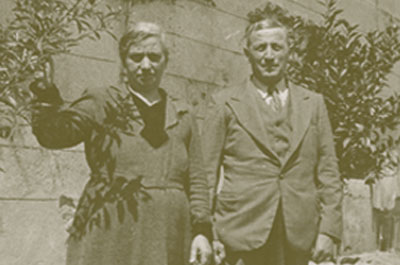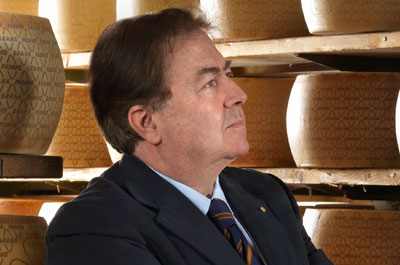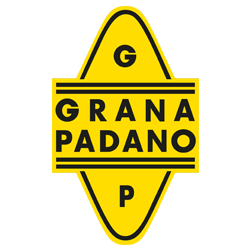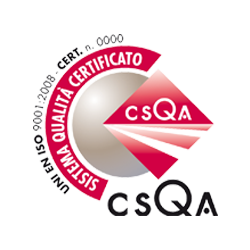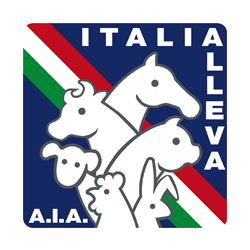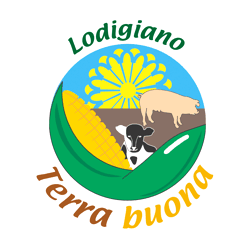1000 d.C.
Everything starts over a millennium ago, in an era in which many of the discoveries that today characterise so obvious our daily life are not yet occurred. In the Middle Ages, men are still totally conditioned by the climate and by the environment in which they live and who can not follow the natural rhythms and biological laws.
1135
The Cistercian monks of the abbey of Chiaravalle located in land reclamation of the plain of the Po is a great opportunity to promote the expansion of agriculture and livestock holdings and thus to increase the production of good food. The consequence of this huge work leads to a large availability of milk, much higher than the requirements of the religious community and the population of the surroundings. It is a shame to waste one of the foods among the more nutrients and available in the medieval diet. There thus emerges the need to find a way to be able to keep it long.
